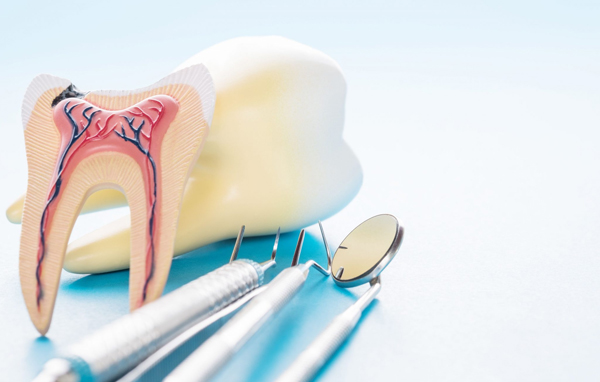

Root canal treatment is a procedure that removes an infected or dead pulp from a tooth. This procedure allows an infected tooth to be saved instead of being pulled out, which can lead to implications such as jaw misalignment and other teeth falling out of line. The root canal system refers to the space deep inside a tooth which contains pulp that comprises of blood vessels and nerves which are a source of transmission of pain in a tooth.
An infection in the pulp usually occurs when germs enter a tooth. This usually happens from cracked teeth fillings and deep cavities among other things. This pulp infection can lead to swelling and soreness in the mouth and gums, teeth discoloration and intense pain in the tooth that radiates to neck, jaw and head; which is why a root canal is needed to remove the infected pulp. It is imminent to deal with an infected tooth as soon as possible, as prolonging its presence can lead to serious oral issues.
Step By Step Guide for Root Canal Treatment
While root canal treatment may vary from patient to patient, here is the traditional step-by-step procedure for root canal treatment.
Step 1 – Getting a local anesthetic (freezing), and placing a rubber dam around the tooth to avoid saliva bacteria getting into the tooth.
Step 2 – Opening in the tooth is made to reach the infected pulp.
Step 3 – Removal of infected pulp through cleaning and enlargement of the root canal system.
Step 4 – Following the cleaning, the canal is filled and sealed.
Step 5 – The opening in the tooth is sealed off with filling, either permanent or temporary.
In some cases, a second root canal treatment may be needed. This is referred to as root canal retreatment, where the filling is removed and the canal is cleaned again before being reshaped and filled.
Following root canal treatment, tooth restoration is required to get your tooth working like a normal tooth again. In most cases a temporary filling will be placed in the tooth opening, and eventually replaced with a permanent filling or a crown in some cases. The restoration process usually depends on the strength of the tooth, as well as the position of it.